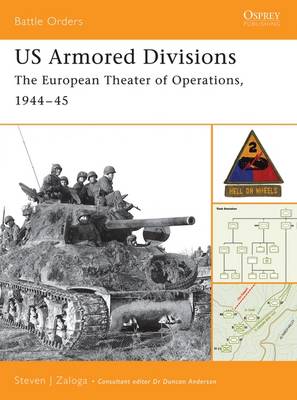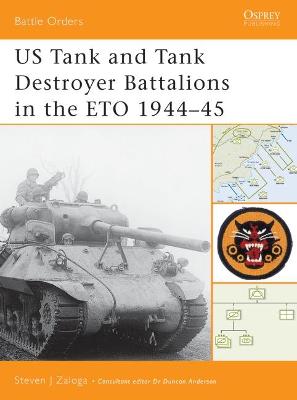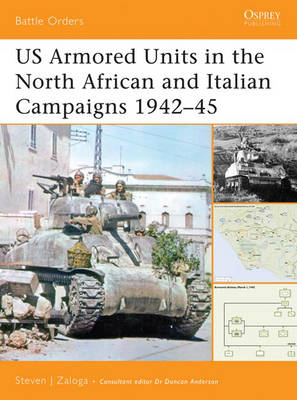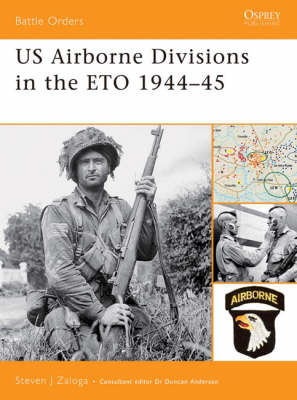Battle Orders S.
4 primary works
Book 3
The armored division were the shock force of the US Army's combat formulations during the fighting in northwest Europe in the final year of the war. This book examines the combat mission of the armored division in the US Army wartime doctrine. The organization of the US armored division is examined, with special attention to the "Combat Command" concept. The order of battle of each of the divisions is provided, along with a brief summary of the unit's combat record. This account is rounded out by relevant statistical data including divisional strength and losses. Based on new archival material, this book provides information not previously available in published accounts.
Book 10
Although they are less well known than the more glamorous armored divisions, vast numbers of separate tank and tank destroyer battalions were in service in the European Theater of Operations from 1944 to 1945, engaged in supporting the infantry divisions. This title focuses on these units: the standard tank battalions, tank battalions (light), tank battalions (mine exploder) and tank battalions (Special) - secret CDL night fighting battalions. Self-propelled and towed tank destroyer battalions are also covered, as well as a list of all the battalions that took part in the Northwest Europe campaign.
Book 21
US Armored Units in the North African and Italian Campaigns 1942-45
by Steven Zaloga
Published 10 August 2006
The Mediterranean Theater of Operations (MTO) saw the first operational deployment of US armoured divisions in World War II, and the experience proved chastening for the 1st Armored Division when it suffered defeat at the hands of Rommel's Afrika Korps at the battle of Kasserine Pass. This title covers the organization of these early US armored divisions, as well as the independent tank and tank destroyer battalions that accompanied them. It details the evolution if US armoured warfare tactics and doctrine, learned from the difficult experiences of North Africa, and illustrates how they were used elsewhere in the MTO, particularly in the Italian Peninsula.
Book 25
The delivery of entire divisions to battlefields behind enemy lines by parachute and glider was a unique feature of World War II. This book covers the mature phase of these operations from the tactical failures of night-time drops at D-Day, through the daylight jumps at Arnhem and the Rhine, to the end of the war. Paying special attention to often overlooked aspects of airborne operations, "Battle Orders 25" gives a detailed account of the successes and failures of the US Airborne divisions within Europe, focusing on their organizational structure during 1944-45, and covering two of the world's finest units: the 82d and 101st 'Screaming Eagles.'



